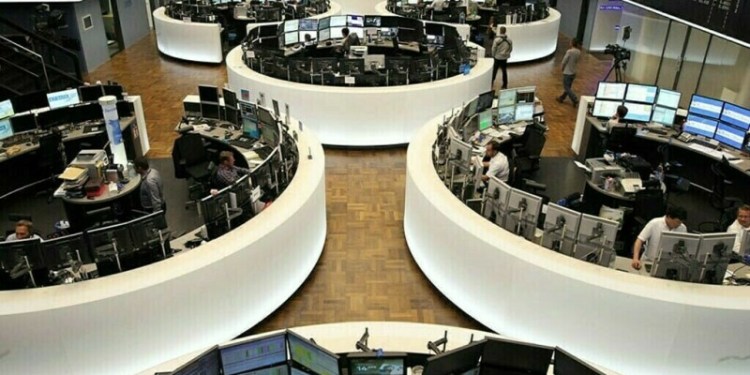The European spread between paraxylene and feedstock mixed xylenes climbed to an eight-week high of $205/mt Friday.
Spot paraxylene in Europe was assessed at $1,360/mt FOB ARA while MX was assessed at $1,155/mt FOB ARA.
PX’s premium to MX is the highest it has been since February 22, when it closed at $228/mt. At that stage, European spot PX was at $1,558/mt FOB ARA, down slightly from the 16-month high of $1,600/mt FOB ARA that it reached at the end of January. MX was at $1,330/mt FOB ARA.
Two weeks later, PX was down to $1,425/mt, following a wave of price declines, including a $95 drop that was the biggest day-on-day decline since Platts began assessing PX in 2006.
The fall was led by price drops in Asia, where bullishness turned to bearishness as producers of downstream purified terephthalic acid cut their production rates, while demand from European consumers for spot product was effectively non-existent.
But over the same two-week period, MX declined by only $30/mt to $1,300/mt, crunching the spread between the products to $125/mt.
The PX situation in Europe has subsequently not changed much, with price fluctuations either way still predominantly led by Asian movements.
But MX has gradually fallen further, and lost $50/mt last week as spot demand dried up further.
Market sources suggested that a spread of $150-200/mt is required for PX production to be profitable.
Over the past 12 months, the spread has averaged $165/mt, with the highest level being $290/mt on November 16 and the lowest being a negative $18.50/mt on June 8.
European PX producers have been reluctant to offer spot PX at the current low market prices, as the European contract price for April settled at Eur1,120/mt ($1,462/mt) FD NWE.
But some market participants have argued that spot PX sales should still be attractive for producers.
“It should still be profitable for them to sell well below CP so I don’t know why there’s no spot on offer,” one source said.
Source: platts.com



























